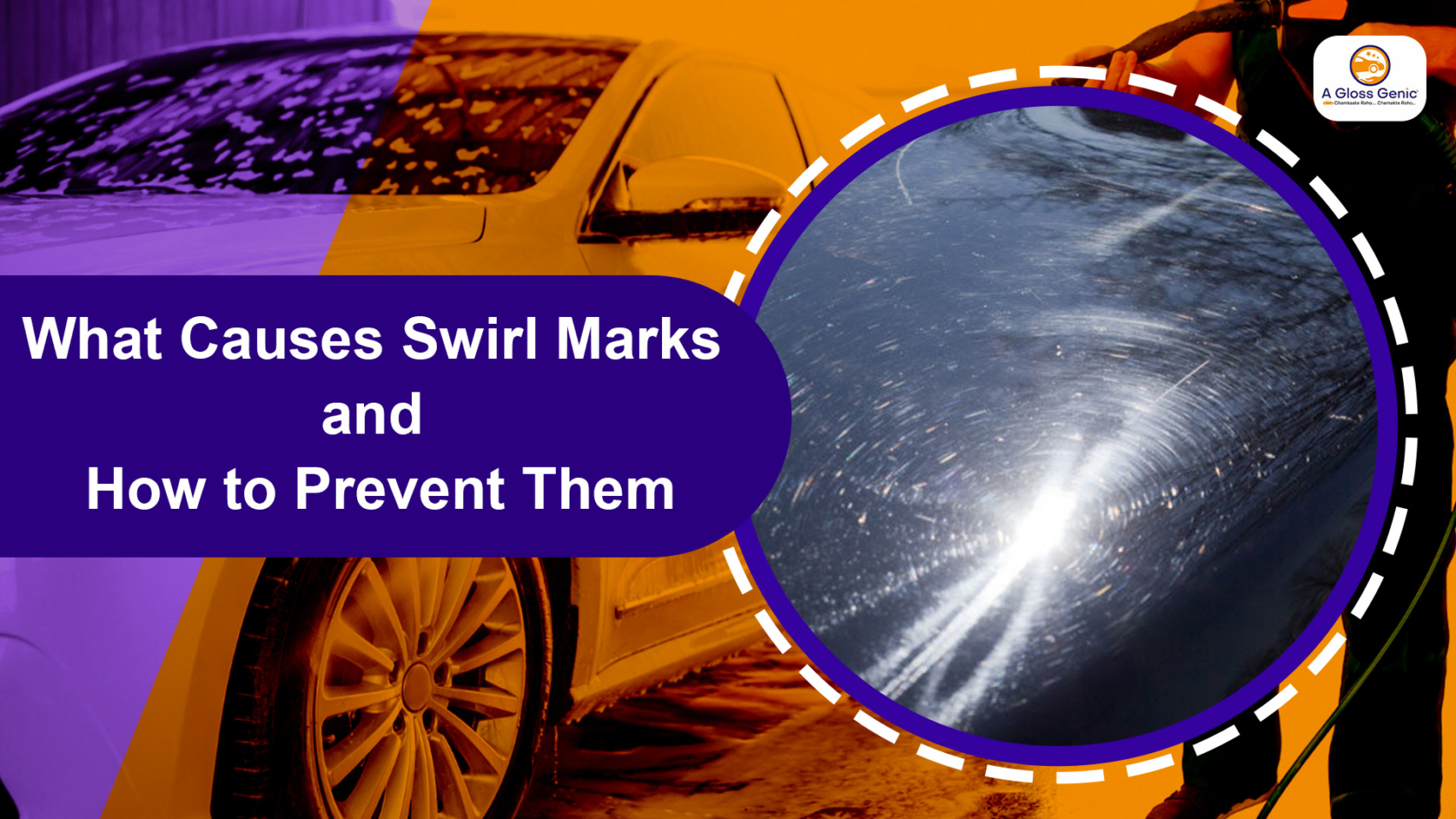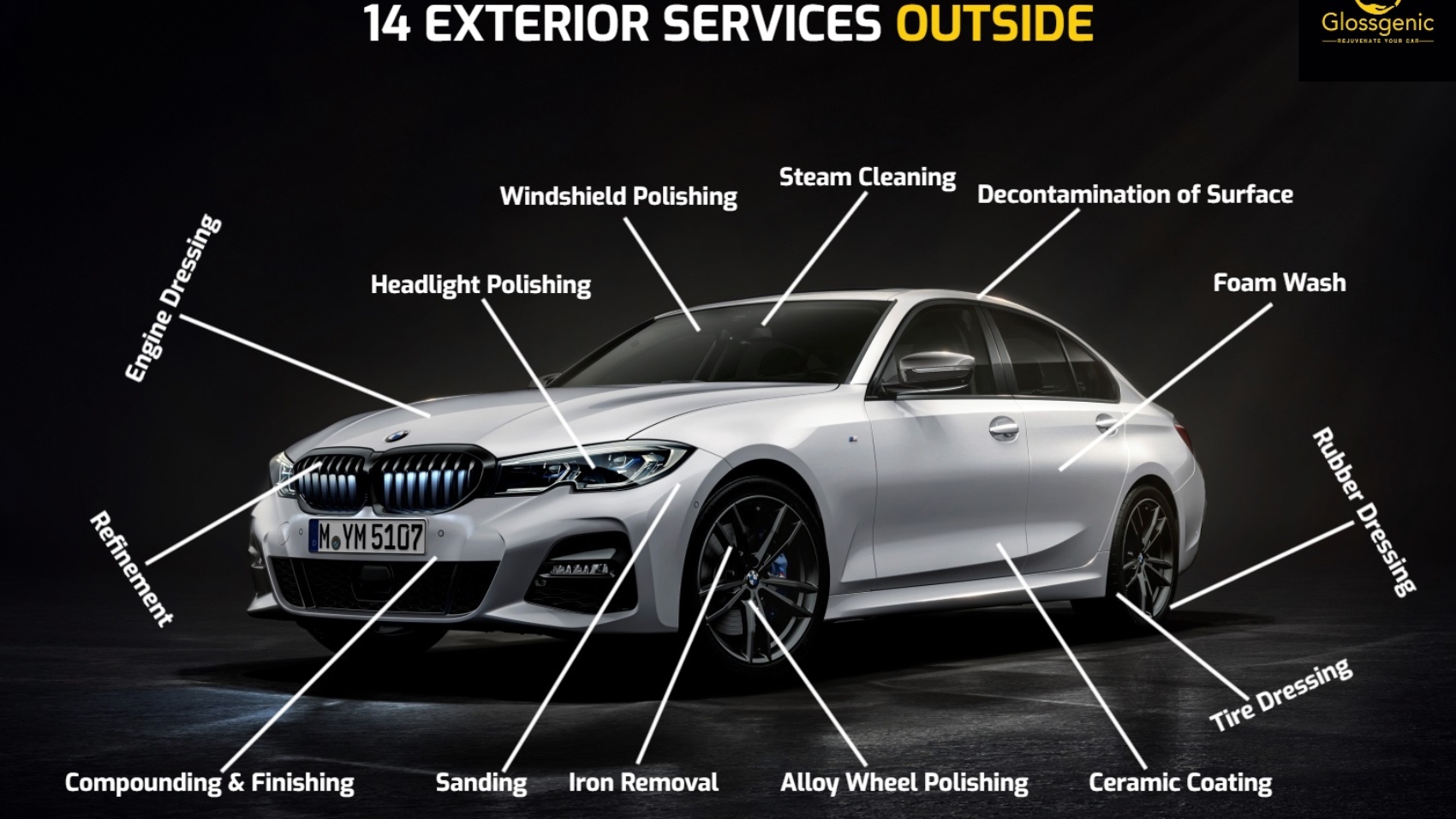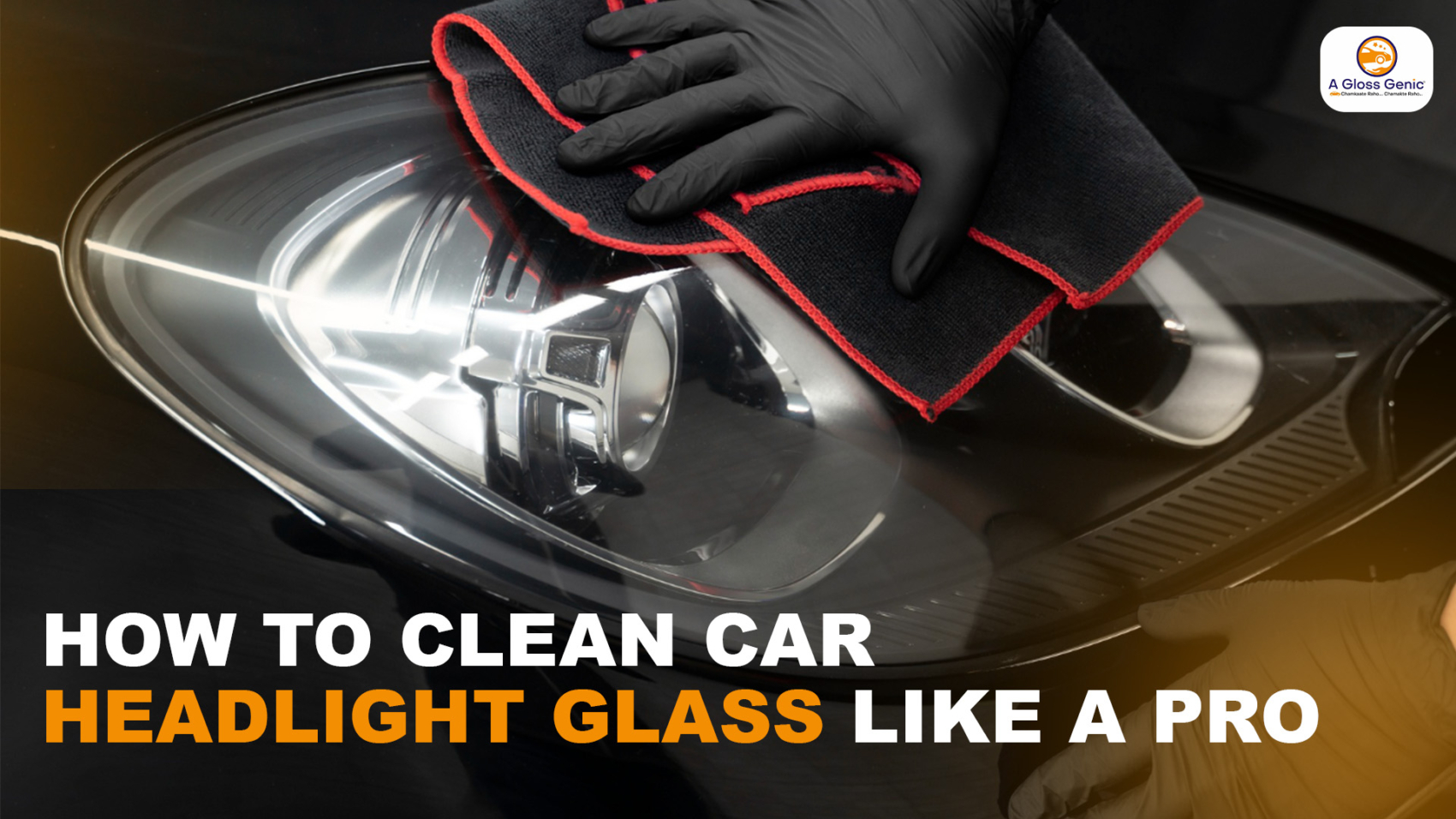Swirl marks, which are those tiny, round dings on your car’s paint, can be annoying and detract from the car’s smooth, elegant appearance. Despite their benign appearance, they detract from the car’s gloss and could even lower its resale value.
What creates swirl markings on cars, and how may they be avoided? Let’s dissect this and learn how to maintain the brand-new appearance of your car’s paint.
What Are Swirl Marks on a Car?
Swirl marks are light scratches or micro-marring in the clear coat of a car’s paint. They appear as circular patterns, the most visible under direct sunlight or bright lights. Though any car can have swirl marks on it, they’re more so visible on a dark-colored vehicle, thus making it even more important to learn methods of avoiding swirl marks on black cars.
Common Causes of Swirl Marks
- Improper Washing Techniques
- Using dirty or abrasive sponges, coarse towels, or stiff brushes leave tiny scratches on your car’s surface.
- Circular washing motions can lead to the formation of swirl marks.
- Automatic Car Washes
- Most automatic car washes use stiff brushes that trap dirt and debris inside, which can scratch the paint.
- Frequent visits to low-quality car washes significantly increase the risk of swirl marks on car.
- Dry Wiping the Surface
- Wiping your car when it’s dry, especially with a dirty cloth, can cause scratches.
- Always use a clean, damp microfiber towel for safe wiping.
- Contaminants During Polishing or Waxing
- Polishing or waxing with contaminated pads or applicators can embed debris into the paint.
- Incorrect use of a polishing machine can also create swirl marks.
- Harsh Weather Conditions
- Dust, sand, and other environmental particles can scratch the paint when blown around by the wind.
- Rainwater mixed with dirt can dry into abrasive particles.
How to Prevent Swirl Marks on Your Car
Preventing swirl marks on car requires adopting safe washing and maintenance practices. Here are some key tips:
1. Wash Your Car Properly
A proper car wash is your first line of defense against swirl marks. Here’s how you can wash your car safely:
- Use the Two-Bucket Method – One bucket for soapy water and the other for rinsing your wash mitt. This reduces the chances of transferring dirt back onto the car’s surface.
- Choose a High-Quality Wash Mitt – Avoid sponges and use a microfiber wash mitt to minimize scratches.
- Avoid Circular Motions – Wash and dry in straight lines to reduce the risk of swirl marks.
2. Use Proper Drying Techniques
Incorrect drying can undo all your careful washing efforts.
- Avoid Air-Drying – Air-drying leaves behind water spots that can cause micro-abrasions. So void Air- Drying
- Use a Microfiber Towel – Choose a soft microfiber towel to dry your car gently without scratching.
- Blot instead of Rubbing – Gently blot the surface with the towel as you dry..
3. Be Careful with Automatic Car Washes
If you must use an automatic car wash, choose one that offers touchless washing to avoid abrasive brushes. While touchless washes aren’t perfect, they are much gentler on your paint.
4. Regularly Apply Wax or Ceramic Coating
Waxing or applying a ceramic coating forms a protective layer over your car’s paint, reducing the chances of swirl marks.
- Wax Every 3–4 Months – This helps protect your car from contaminants.
- Consider a Professional Ceramic Coating – It offers long-lasting protection and reduces the risk of swirl marks on car.
5. Use High-Quality Detailing Products
Cheap products can do more harm than good. Invest in quality shampoos, waxes, and polishes designed to protect your paint.
How to Avoid Swirl Marks on Black Cars
Dark-colored vehicles, especially black ones, show every imperfection. Here’s how to give extra care to black cars:
- Use Foam Pre-Wash – Loosen dirt and grime before hand-washing to minimize the chances of scratching.
- Invest in a Quality Microfiber Drying Towel – Ordinary towels can create swirl marks. Use microfiber towels specifically designed for drying.
- Inspect and Clean Wash Mitts Regularly – Dirty wash mitts can be your worst enemy. Clean them after every use.
- Park in Covered Areas – Reduce exposure to harsh weather and airborne contaminants.
By following these steps, you’ll significantly reduce the risk of swirl marks on black cars and maintain a mirror-like finish.
How to Prevent Swirl Marks on a Car Long-Term
If you’re looking for long-term protection, consider professional services like paint correction and protection coatings. During paint correction, existing swirl marks are removed, and protection coating provides longevity in future scratches.
Paint Protection Film (PPF)
PPF is a clear film that protects your car against scratches, swirl marks, and road debris.
Professional Ceramic Coating
Ceramic coatings have properties that repel water, dirt, and other types of contaminants-this makes it easier to maintain a swirl-free finish.
DIY or Hire a Professional?
While you can minimize swirl marks on your own, nothing beats a professional detailer. Usually, the do-it-yourself method might worsen the problem, especially on a dark finish, if executed poorly.
If you are dedicated to keeping an immaculate swirl-free finish, let the professionals do their work. They have all the tools and techniques as well as the know-how required to properly protect the paint finish of your vehicle.
Keep Your Car Looking Flawless with Glossgenic!
Tired of swirl marks stealing the shine from your car? Call Glossgenic today for professional care and preventive solutions to keep your vehicle’s finish looking good. From professional detailing services to advice on preventing swirl marks on cars, we have your needs covered!




